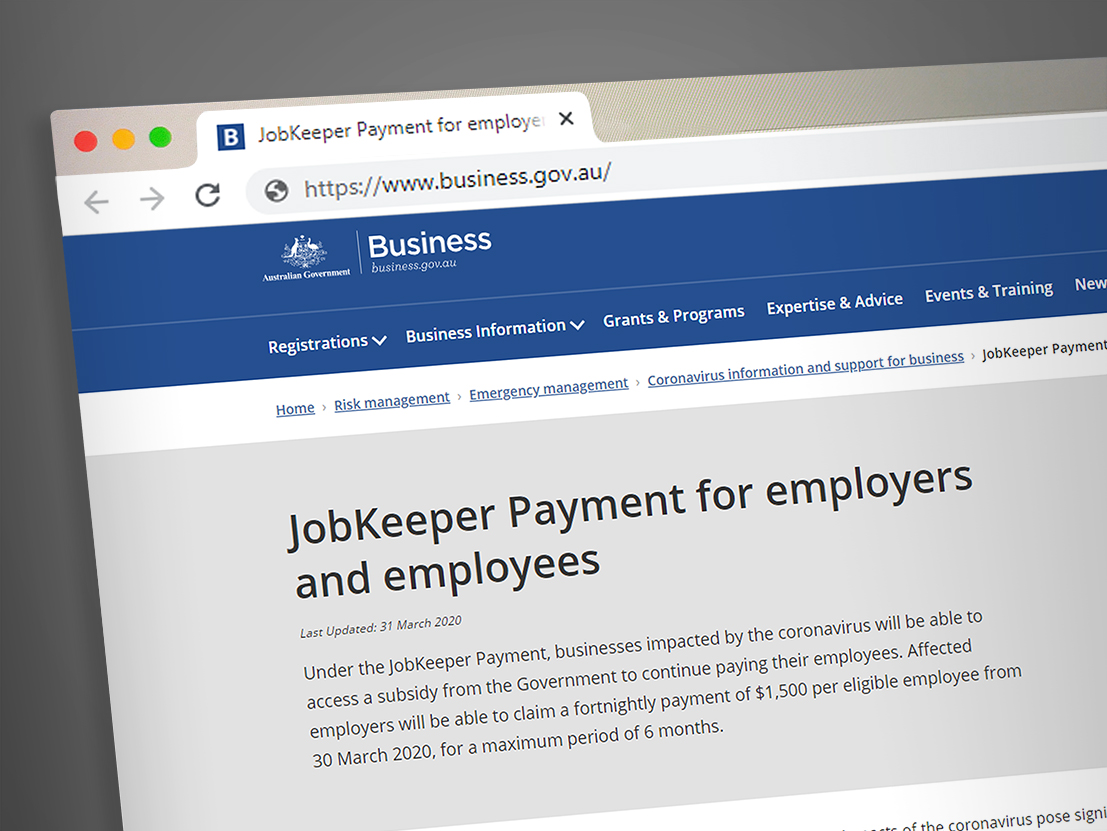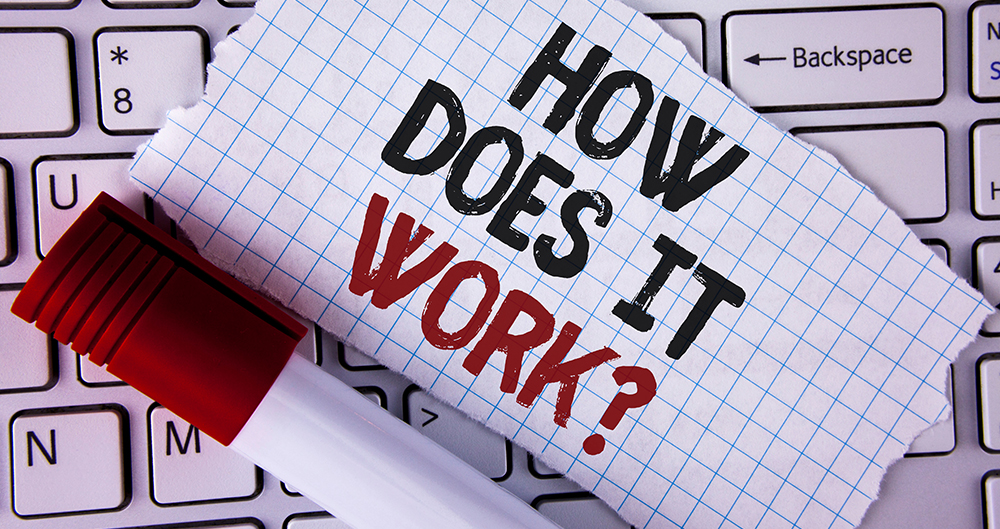JobKeeper package offers a lifeline to retailers

The recent announcement of the Federal Government’s JobKeeper package looks set to offer a lifeline to Australian retailers struggling in the wake of COVID-19.
Announced on March 30, the wage subsidy enables eligible businesses to retain full-time, part-time and even long-serving casual staff with fortnightly payments of $1500.
It comes after a raft of previous announcements related to business. Here’s an insight into the JobKeeper package and why it’s targeted squarely at industries like retail.
The state of retail
It’s no secret the retail sector has borne the full brunt of social restrictions as part of the fallout from COVID-19. Other than essential food suppliers, many brands have been forced to shutter their doors as a result of falling foot traffic and more recent stringent social distancing restrictions.
This has resulted in massive staff layoffs throughout the industry, with casual and part-time employees among the worst affected. At present it is estimated around 100,000 retail employees have already been stood down nationwide.
But now the Federal Government appears to have offered a lifeline in the form of JobKeeper Payments.
What is the JobKeeper Payment
The JobKeeper Package is a $130 billion wage subsidy scheme announced by Prime Minister Scott Morrison on March 30.
It’s designed to cover around 70 per cent of the Australian median wage, which equates to a full median replacement wage in sectors like retail and hospitality.
Mr Morrison explained the payment would help ensure eligible employers and employees stay connected while some businesses move into hibernation.
“We will give millions of eligible businesses and their workers a lifeline to not only get through this crisis, but bounce back together on the other side,” Mr Morrison said.
“This is about keeping the connection between the employer and the employee and keeping people in their jobs even though the business they work for may go into hibernation and close down for six months.
“When the economy comes back, these businesses will be able to start again and their workforce will be ready to go because they will remain attached to the business through our JobKeeper payment.”

How JobKeeper works
The JobKeeper payment is paid in arrears to eligible businesses, who pass on the benefit to each of their eligible employees at a rate of $1500 per fortnight. Employers are also able to top up the payment.
The program commenced on March 30, with the first payments to be received by eligible businesses in the first week of May as monthly arrears from the Australian Taxation Office.
The Government explains eligible businesses can begin distributing the JobKeeper payment immediately and will be reimbursed from the first week of May.
- Eligible businesses include:
Those with annual turnover of less than $1 billion who self-assess that they have a reduction in revenue of 30 per cent or more, since 1 March 2020 over a minimum one-month period.
Those with an annual turnover of $1 billion or more who demonstrate a reduction in revenue of 50 per cent or more. Businesses subject to the Major Bank Levy will not be eligible.
The government notes eligible employers include businesses structured through companies, partnerships, trusts and sole traders. Not for profit entities, including charities, will also be eligible.
Already an estimated 200,000 Australian businesses have applied for the scheme within hours of its announcement.
Which employees are eligible?
Employees eligible to receive the wage subsidy include full-time, part-time and long-serving casual staff. This includes employees who have already been stood down by their employer.
Casual employees must have been with their employer to at least the previous 12 months to be eligible for the payment, and an employee will only be eligible to receive this payment from one employer.
Industry response
Inside Retail notes the JobKeeper scheme will have a particular impact on the retail industry, which saw around 100,000 workers stood down in the last week according to the Shop, Distributive and Allied Employees Association (SDA).
There is however concern it might miss vulnerable workers and be too late to support retailers who have already closed their doors.
SDA national secretary Gerard Dwyer told Inside Retail some brands simply would not have the cashflow to survive until May 1 when the payments start to flow in from the ATO.
“This could mean more workers stood down and more businesses folding than would be the case if payment began more rapidly,” Mr Dwyer said.
Inside Retail notes the retail industry has already seen many businesses fold or retreat into a state of hibernation in the hopes of weathering the COVID-19 crisis – and the difference between a subsidy hitting sooner rather than later could make the difference between collapse and survival for some in the industry.
Mr Dwyer also said the payment should apply to casuals who haven’t been at an employer for 12 months but could be expected to work now.
More information about the JobKeeper Payment is available at business.gov.au, while discussion on the issue can be found at insideretail.com.au